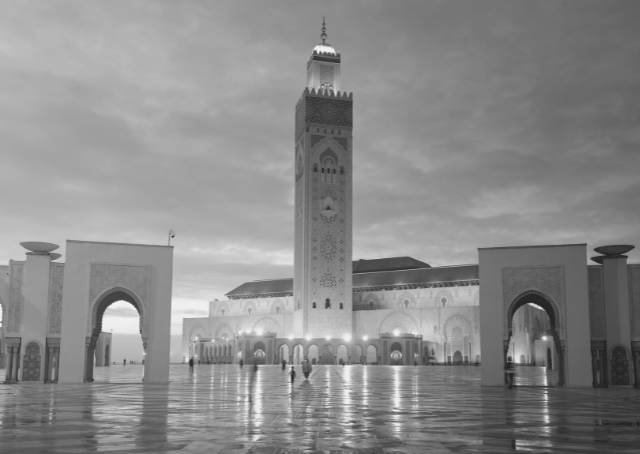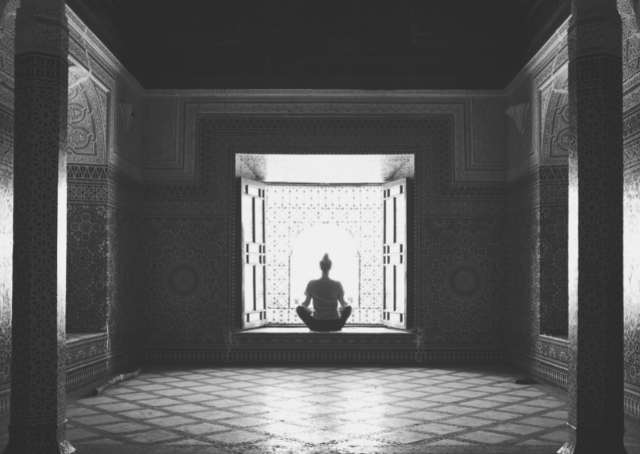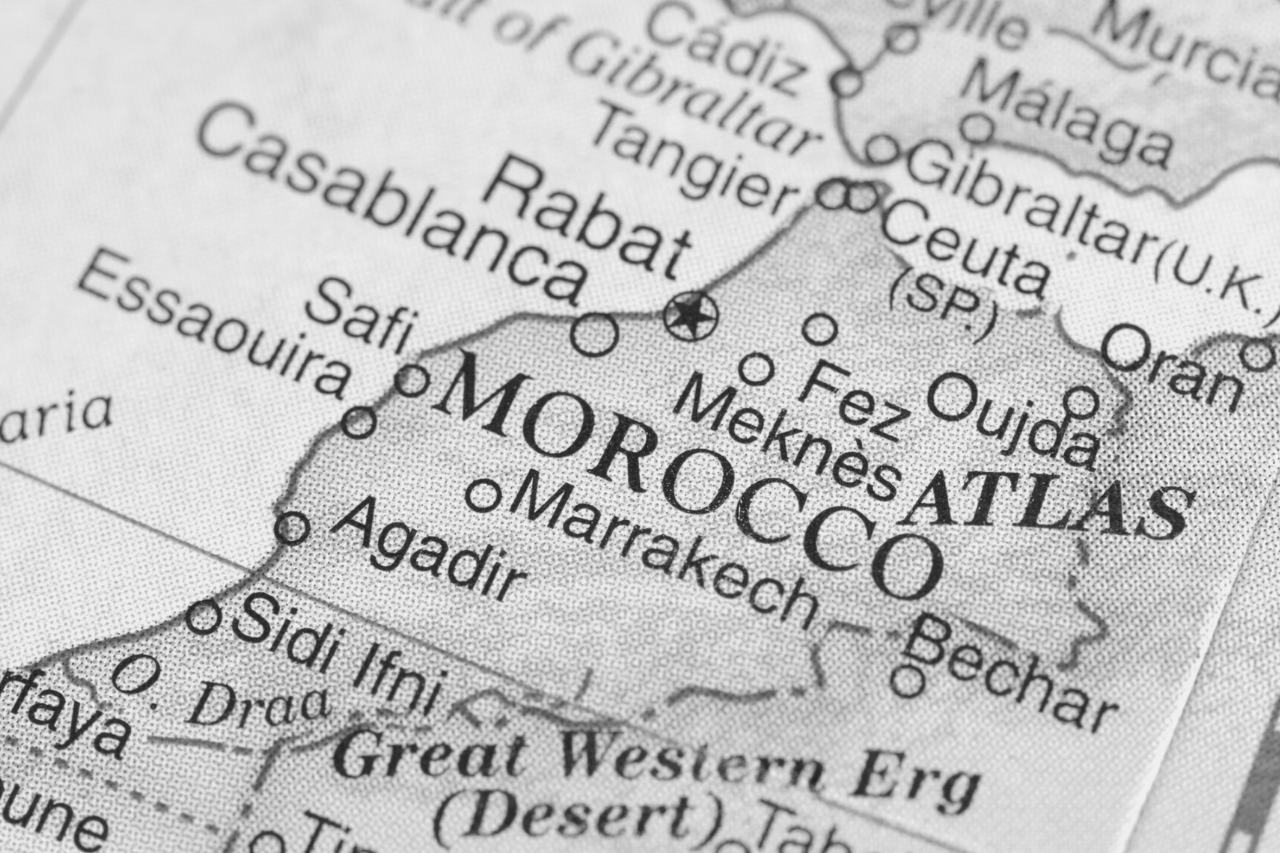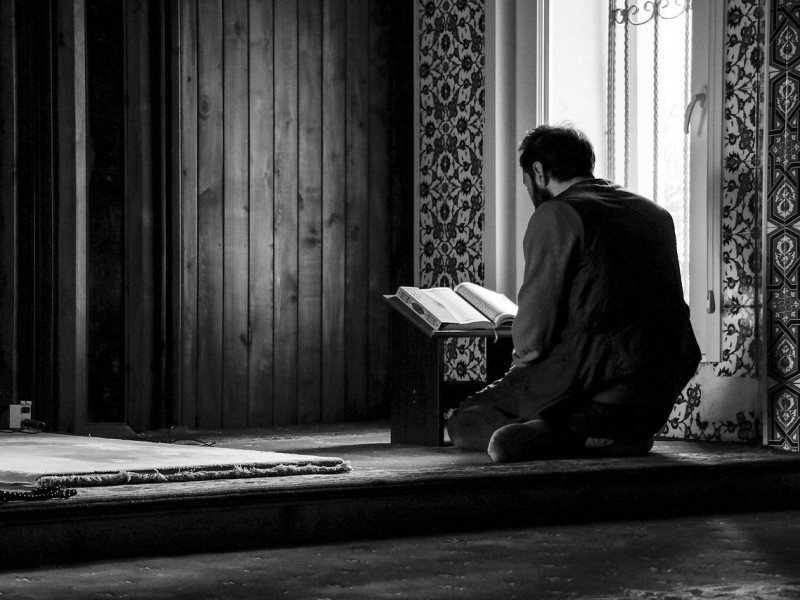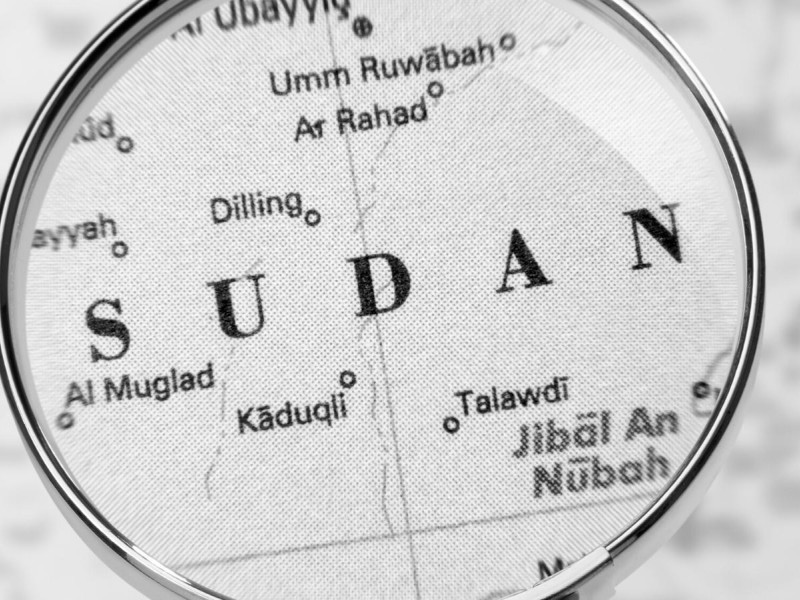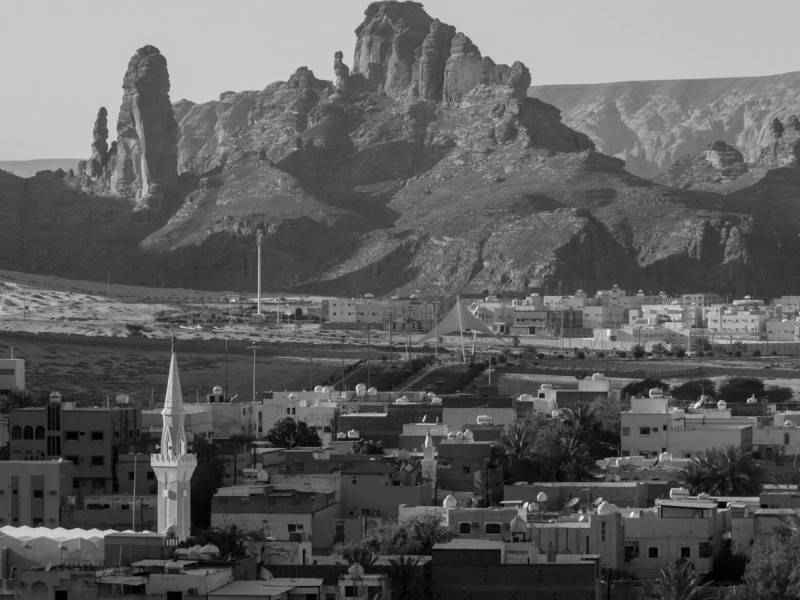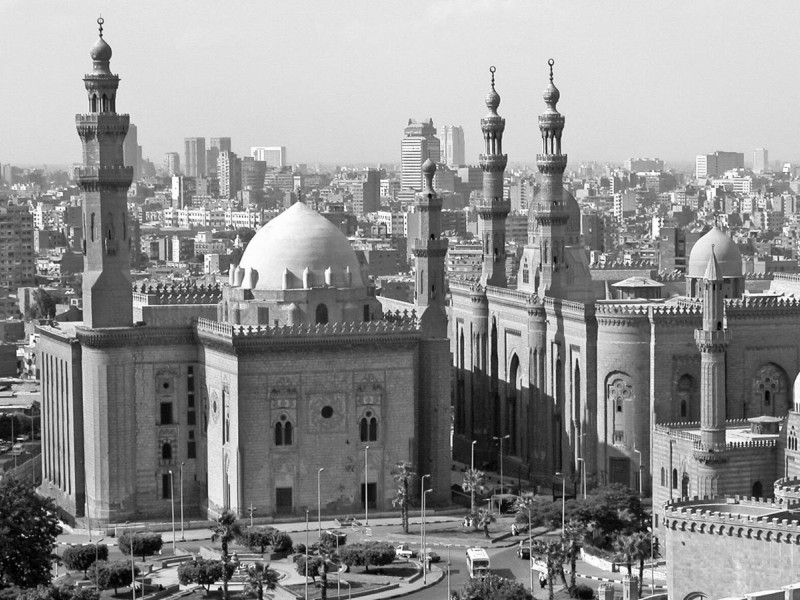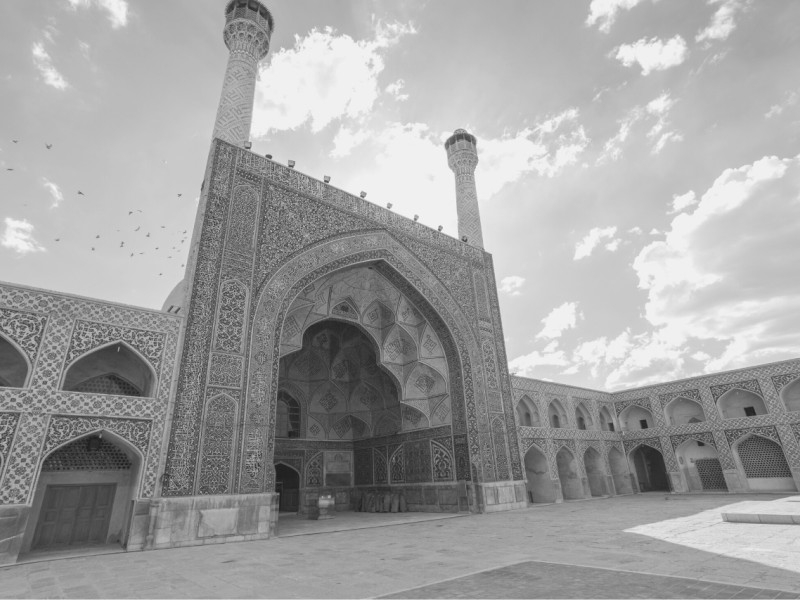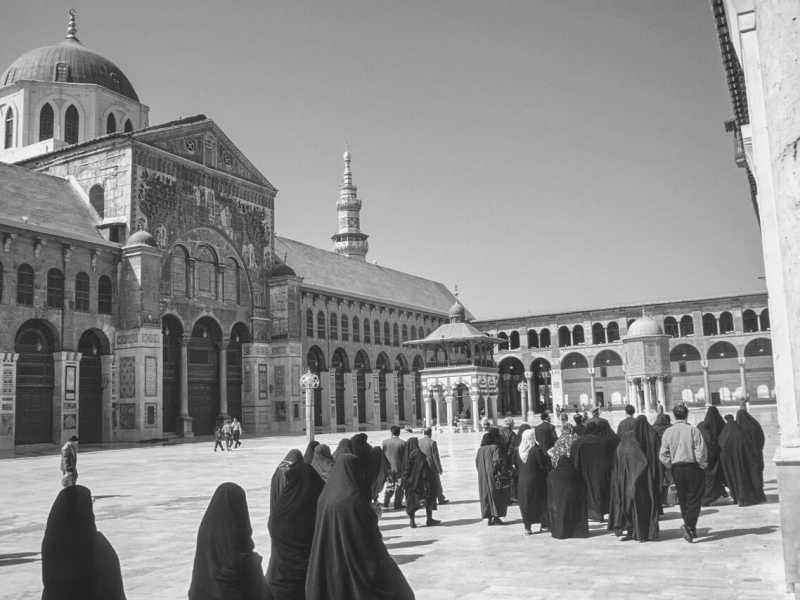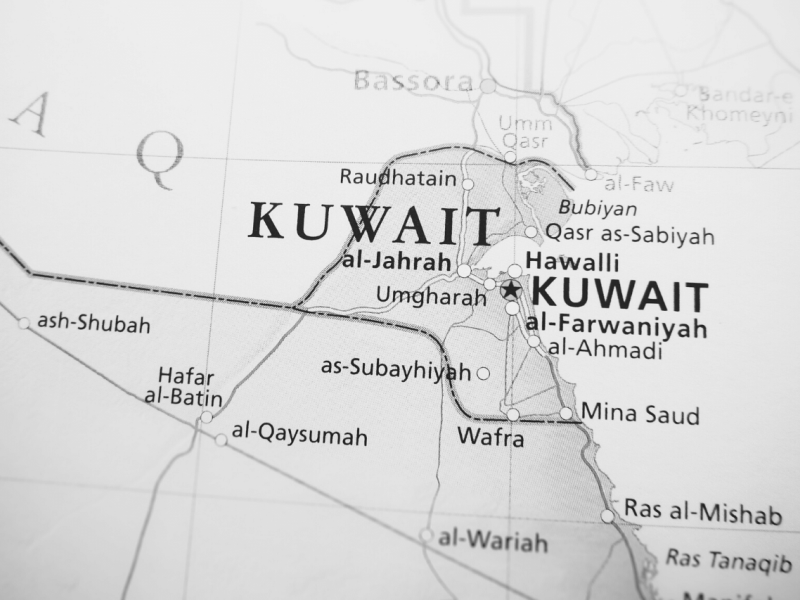Morocco's Religion: Strict Sunni Islam in a Tourist Country
Morocco's religion is a concern as the country is one of the most popular tourist destinations in North Africa. The cities of Marrakesh and Casablanca have become significant cities for the fusion of African and European cultures.
Despite the government ostensibly allowing great religious freedom, the Moroccan population is governed by a very strict Sunni Islamic government.
In this article, we will explore the religions of Morocco and how they fit into Moroccan society.
What Is the Main Religion in Morocco?
The dominant religion in the country is Islam, as 99 percent of the population consider themselves Muslims. The overwhelming majority of the Moroccan Muslim population is Sunni.
The second-largest religious group in the group are Christians, but most of them are not native Moroccans. A tiny number of Jews live in the country, as most have moved to Israel. There are also small communities of the Bahai faith.
Islam and Judaism are the only two religions considered native to the country by the Moroccan government.
Islam in Morocco
Islam is considered the official region in the country, stipulated by article 6 of the Moroccan constitution. The monarchs of the country consider themselves descendants of the prophet Muhammad.
The Alaouite family had ruled the country since 1631 when Moulay al-Sharif became Sultan of the Tafilalet region in eastern Morocco. The King of Morocco is described in the constitution as the “Commander of the Faithful” and is responsible for protecting Islam and religious freedom in the country.
Recent studies have shown that 99 percent of the population is Muslim, with most of them being Sunni. A report conducted by the Pew Research Center has shown that 50 percent of Morocco’s Sunni Muslims do not consider Shia Muslims authentic Muslims. The Maliki school of Islam is the dominant ideology of most of the country’s Sunni Islam, while others belong to the Zahiri school.
Islam was brought to the region around 680 A.D. when Arab armies of the Umayyad dynasty conquered the Maghreb region of North Africa. Under Islamic rule, both Christians and Jews enjoyed relatively great religious freedom.
Jews, Christians, and Muslims generally coexisted peacefully throughout Morocco, though all non-Muslims were forced to pay a “jizya.” This pay was a tax levied specifically on the non-Muslim population of Islamic states.
The Berbers, the native people of North Africa, were forced to convert to Islam if they did not follow one of the Abrahamic religions. By the mid-8th century, most of Morocco’s Berber population had converted to Islam, but their new Muslim rulers treated them very poorly. Berbers were expected to pay much higher taxes than Arabs and were increasingly viewed as second-class citizens by their local rulers.
This issue sparked the “Berber Revolt,” which began in the city of Tangier in 739. By 743, the revolt came to an end. Though the Berbers were unable to take the important cities of Kairouan and Cordoba, they maintained control of most of modern-day Morocco and much of Algeria. After the revolt, Morocco was divided into Berber principalities, and Islam was declared the main religion of the majority of these Berber states.
When the country gained its independence in 1956, it officially designated the country as a Muslim nation. Throughout the 21st century, the government has closely monitored Shia Muslims as Iranian Shia organizations have increasingly made a presence in the country.
The 2003 Casablanca bombings made the government increasingly crackdown on Islamic extremists in the country. In May 2003, 14 suicide bombers killed 33 people in the country’s most deadly terrorist attack. A Jewish cemetery and community center were specifically targeted, along with a hotel and restaurant.
The attack caused a massive wave of anti-terrorism protests throughout the Moroccan population, and King Mohammed VI promised to find and harshly punish the perpetrators. By May 2004, 2,000 people were placed under arrest for connections to the bombings.
Evidence pointed to Al Qaeda being the responsible terrorist organization, and Saad Housseini was eventually found as the main perpetrator. Several other suspects were given prison sentences in their connection with the bombings.
Sunni Islam is a required part of all Moroccan public schools. However, private Jewish and Christian schools are not bound to this requirement. In Morocco’s cities, namely Casablanca, many Muslim students are sent to Christian and Jewish schools due to their reputation as prominent educational institutions.
Christianity in Morocco
It is estimated that less than 1 percent of the Moroccan population is Christian, with 30,000 Roman Catholics and 10,000 Protestants residing in the country. A small community of Russian-Orthodox Christians lives in Rabat, and a small Greek Orthodox community resides in Casablanca.
Christianity first spread in the country under the control of the Roman Empire, but this Christian population greatly diminished during the Arab conquests of the 7th century.
As the Spanish, French, and British began colonizing the country during the 19th century, Roman Catholicism and Anglicanism started to make a presence in Moroccan society, but the country overwhelmingly stayed Muslim. Many Sub-Saharan African Catholics from countries that were once French colonies have moved to the country throughout the 21st century.
Some Christian conversions have taken place in the more rural places outside of Morocco’s major cities, despite being against the law to attempt to convert Muslims.
Judaism in Morocco
As of 2019, it is estimated that around 3,000 Jews live in the country, mostly residing in the city of Casablanca. The cities of Rabat and Marrakech only have an estimated 75 Jews each.
After the Romans destroyed the Second Temple in 70 A.D., Morocco saw an enormous surge in its Jewish population.
The Jewish population of Morocco flourished during the aftermath of the Arab conquest of the 7th century, especially in the city of Fez. Many historians have named this period the “Jewish Golden Age” of southern Iberia and northern Morocco.
The city of Fez was the site of a massacre of Jews carried out by the Berber Zenata tribe in 1033 AD. The massacre killed over 6,000 Jews, and all Jewish property was confiscated.
The Berber Almoravid Dynasty that rose to power in 1060 enacted some anti-Jewish laws, such as the expulsion of Jews from the capital city of Marrakesh. Still, Jews generally lived peacefully under the Almoravid rule. However, their successors, the Almohads, would end the prosperous existence of Jews in the Maghreb.
The rise of the Almohad Dynasty to power in the region ended the religious freedom of Moroccan Jews, as forced conversion was imposed on the Jewish community. This era led to the death, exile, and imprisonment of thousands of Moroccan Jews.
However, the Marinid dynasty that replaced the Almohad government restored much of the religious freedom that existed before the Almohads. Many Jews increasingly won promotions and appointments in local governments during this period. Many Sephardic Jews from Spain moved into the country following the 1492 Alhambra Decree declared by the Spanish government.
During the first years of World War II, Morocco fell under the control of Nazi-occupied Vichy France. The Vichy French government made many attempts to deport the region’s Jewish population, but this was prevented by King Mohammed V.
Despite Mohammed’s resistance to the deportation of Moroccan Jews, many antisemitic laws were passed by the Vichy French government that robbed the Moroccan Jewish population of many of its rights.
The Jewish population of the country rapidly declined following the establishment of Israel in 1948. It is estimated that around half a million Israeli Jews have Moroccan origins. Unlike many other Arab countries, Moroccan Jews suffer the least persecution out of all of the country’s religious minorities. Islam and Jewish are the only two religions officially recognized by the Moroccan government.
The Bahai in Morocco
It is believed that less than 500 adherents of the Bahai faith live in the country. Bahai missionaries began spreading their faith in colonial Morocco during the late 1940s as part of the Ten-Year Crusade.
The Ten-Year Crusade, devised by Shoghi Effendi, aimed to spread the Bahai faith on a global scale. Missionaries and religious teachers visited nearly every country in the world to spread the faith. Though the crusade had minimal success in conversions on a global scale, the missionaries had great success in spreading the religion in the Africa continent.
However, after the country declared its independence in the 1960’s the Moroccan government carried out widespread persecution of the Bahai. Including imprisonments and executions of its leaders.
The authoritarian policies carried out by the Moroccan government throughout the 1960s and ’80s, called the “Years of Lead,” brought immense persecution to Bahai communities. The government carried out mass arrests, torture, and executions against political dissenters and viewed others as a threat to their regime.
Religious Freedom
The Moroccan constitution guarantees freedom of thought, expression, and religion. But, many human rights and religious groups outside of the country have condemned the Moroccan government for its strict enforcement of laws pertaining to religion.
Mohammed VI, who has ruled the country since 1999, has shown excellent religious tolerance compared to many of his predecessors. The government of Morocco enforces some Islamic laws, and insulting the religion can result in fines or imprisonment. During the holy month of Ramadan, Muslims who break their fast in public could be imprisoned for up to six months.
In June 2021, a 23-year-old-woman was arrested and sentenced to three and a half years in prison for insulting Islam. Moroccan police arrested her for a 2019 Facebook post that used Quranic text to make a comedic post about consuming alcohol.
Some Christian groups have accused the government of persecution well into the 21st century. Some Christian communities hold services at their homes instead of public churches to avoid harassment or persecution by the government.
While Muslim men are allowed to marry Christian or Jewish women, Muslim women are forbidden from marrying non-Muslim men unless they officially convert to Islam. Non-Muslims cannot adopt and obtain guardianship for orphaned children until they convert to Islam and become permanent citizens.
Many Christian churches are afraid to invite native Moroccan Christians to attend service because they could be accused of trying to convert Moroccan Muslims. In 2018 a Christian was arrested in the city of Rabat after Christian books were found in his book bag.
Many Christian organizations claim that the Moroccan government regularly harasses and conducts surveillance on Christians. While authorities allow the sale of the Christian Bible in French, English, and Spanish, Bibles translated to Arabic are often confiscated as “tools of proselytization.”
Shias and the Bahai are by far the most persecuted minorities, both by the government and social pressures from the Muslim population. The persecution of Shias had increased since the 1990s when Shia groups like Hezbollah increasingly made a presence in the country.
Conclusion
We have covered many aspects of religion in Moroccan society.
Let’s go over the main ideas:
The overwhelming majority of the country is Sunni Muslim, though Shia, Christian, Jewish, and Bahai communities are located throughout the country.
The Moroccan government only recognizes Sunni Islam and Judaism as official religions.
The native Berbers of the region initially put up resistance against the Arabic conquests of the region during the 8th century.
Christians, Jews, and Muslims lived peacefully in the region up until the 11th century, with the Jewish population especially flourishing in the north of the country.
The Almohad and Almoravid Berber dynasties ended this peaceful coexistence, and thousands of Jews and Christians fled from the region.
The Moroccan government has frequently handed out strict punishments for insulting Islam.
Shia, Bahai, and Christian communities frequently face persecution, surveillance, and harassment by the Moroccan government.
Morocco is a great example of a country that ostensibly displays itself as an accepting, religiously free society, but in reality, makes great efforts to inhibit the religious freedom of its population. While Sunni Muslims would feel right at home in Morocco, Shias and Christians face great discrimination and persecution well into the 21st century.
